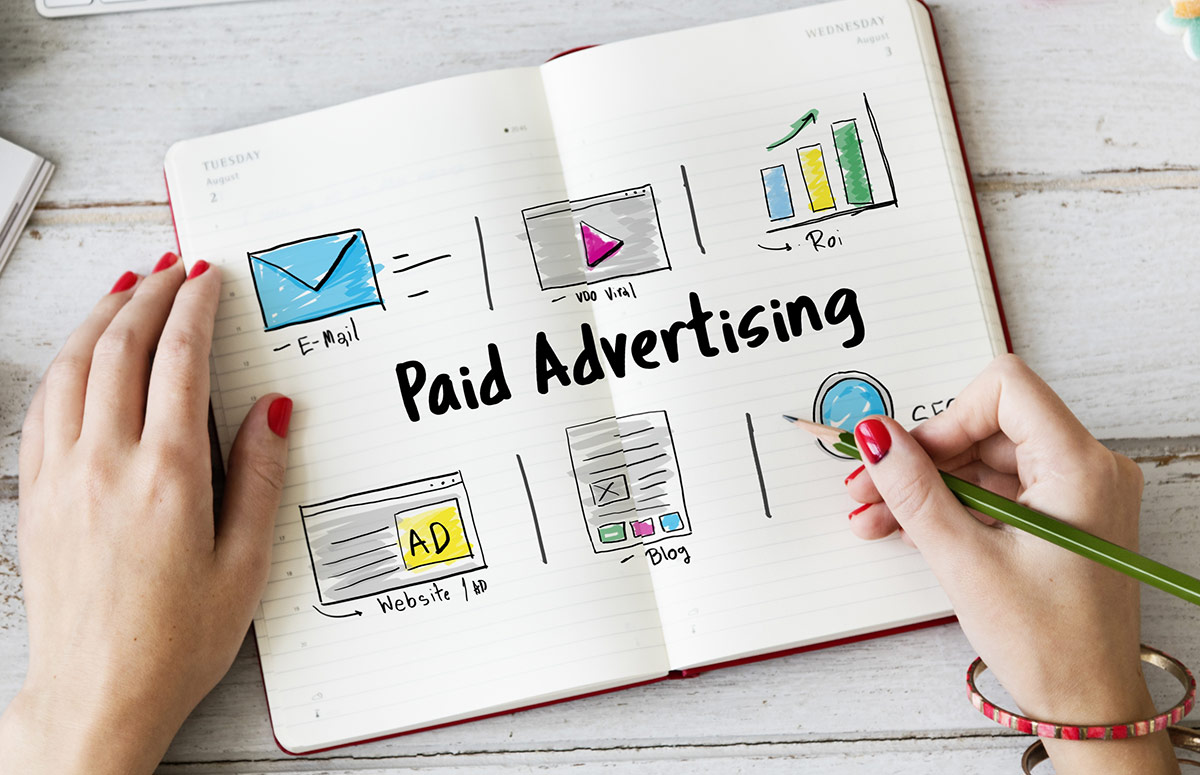In the dynamic world of digital marketing, staying updated with the latest trends and changes in Google Ads is crucial to maximize your advertising success. As Google continues to refine its algorithm and provide users with more control over their spending, marketers must adapt their strategies to leverage these advancements. In this guide, we’ll explore the 10 biggest changes in Google Ads for 2023 and discuss how you can utilize them for effective lead generation and campaign optimization. If you’re feeling overwhelmed by the rapidly evolving landscape of Google Ads and need expert guidance to navigate these changes effectively, TT Media is here to help. Our team of digital marketing professionals stays up-to-date with the latest trends and strategies to ensure your advertising campaigns are optimized for success. Whether you need assistance with cost optimization, ad creation, audience targeting, or campaign management, our dedicated experts are ready to provide tailored solutions that align with your business goals. Contact TT Media today and let us help you make the most of the Google Ads trends in 2023.
1. Cost per lead has significantly increased across all industries (nearly):
According to WordStream’s Google Ads Benchmark Report, the cost per lead (CPL) has seen a significant increase in 91% of industries, with an average rate rise of 19%. Factors such as inflation and ads targeting low commercial intent queries have led to a drop in conversion rates, resulting in higher CPL. To mitigate this, consider managing “limited by budget” campaigns, optimizing your ad quality score, and organizing your keywords and ads into campaigns and ad groups effectively.
2. New Ad Types for Auto, Finance, and Travel Industries:
Google has introduced new ad formats tailored to specific industries to align with evolving customer needs. For example, Vehicle Listings Ads assist automobile dealerships in highlighting new and used cars, while Performance Max campaigns offer automated bidding and advanced machine learning technology to improve reach and conversions.
3. Google Puts an End to Expanded Text Ads:
Expanded Text Ads, a staple in PPC advertising, have been retired by Google, making way for Responsive Search Ads (RSA). RSAs allow advertisers to provide multiple text versions that Google assembles into ads based on user search queries. While RSAs offer increased reach and automation, some marketers raise concerns about decreased control over ad messaging and testing.
4. Say Goodbye to Smart Shopping, Say Hello to Performance Max:
Smart Shopping Campaigns have been replaced by Performance Max campaigns, offering advanced features, automated tools, and improved conversions. Advertisers can reach their target audience across various ad placements, including Google’s Discovery feed, by leveraging automated bidding and machine learning technology.
5. Similar Audiences Will Also Go Away:
Due to privacy standards, Google plans to deactivate Similar Audiences and recommends advertisers upgrade their target audiences using first-party data, such as Customer Match. Utilize Smart Bidding tactics and targeted optimization to enhance campaign performance.
6. New Competitor Advertising Insights on the SERP:
Google’s My Ad Center and Advertiser Pages provide users with insights into how advertisers target them on and off the SERP. Advertiser Pages allow businesses to view past ads from competitors, enabling better understanding and analysis of ad campaigns in their industry.
7. New Business Name & Logo Ad Assets:
Google now offers verified advertisers additional ad assets, including business name and logo, to enhance brand visibility and combat fraud. Completing the necessary steps for verification enables advertisers to utilize these features effectively.
8. Voiceover Features for Video Ads:
Advertisers can now add voice-overs to their YouTube ads within the Google Ads platform. This feature significantly improves ad recall rates and reduces costs per user lifted. Advertisers can select from eight distinct voices and review and edit their scripts without the need for additional video editing software.
9. Audio Ads on YouTube and Smart Speakers:
Google introduced audio ad campaigns on YouTube to target users while they listen to music or podcasts. Advertisers can create impactful audio ads, focusing on sound quality, conversational tone, and persuasive call-to-action. Content targeting options, such as Music Mood Lineups and Podcast Lineups, help reach the desired listening audience.
10. Broad Match Keyword Targeting:
Google’s experimental feature allows advertisers to turn on broad keyword targeting at the campaign level. This indicates a potential shift away from traditional keyword match types, although Google has confirmed that keyword match targeting will remain. Marketers should monitor this space for future updates.
As a marketer, you must prepare for the constant barrage of changes headed your way in 2023 and beyond. The Google Ads trends we showcased today are just some of many you can expect to see coming down the line. By understanding and adapting to these changes, you can optimize your lead generation, reduce costs per lead, and effectively reach your target audience. Embrace these changes and stay ahead of the competition in the ever-evolving digital marketing landscape. Contact TT Media today and let our team of experts help you navigate these Google Ads trends for a successful advertising campaign.

